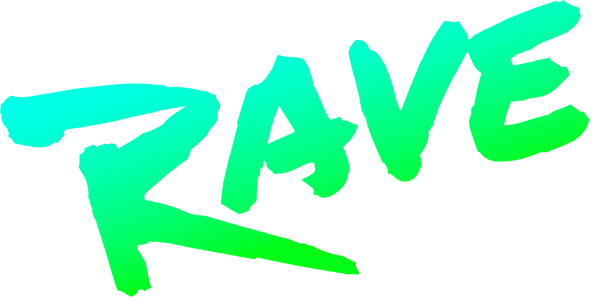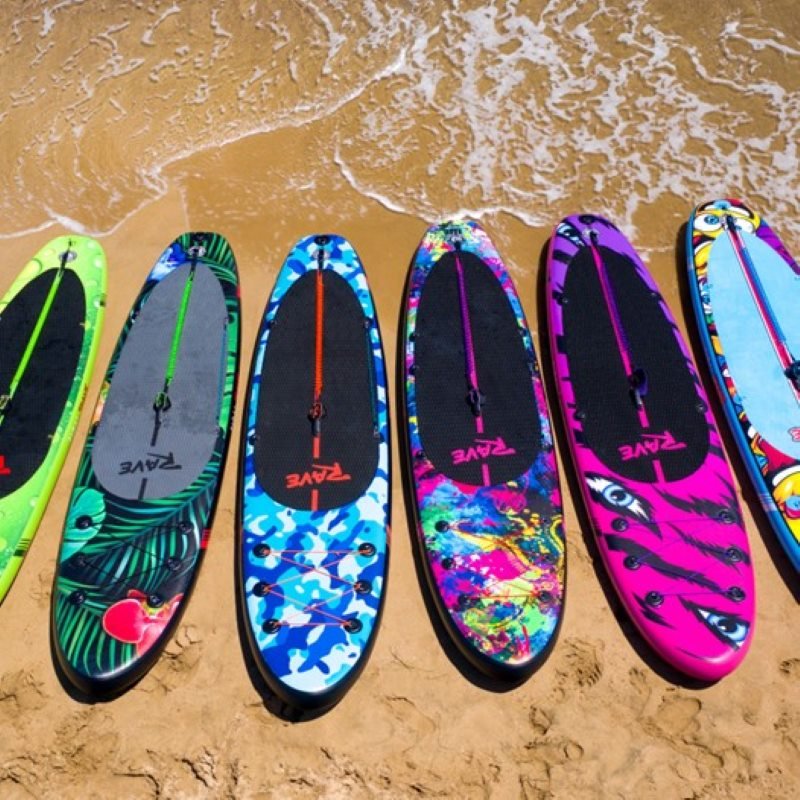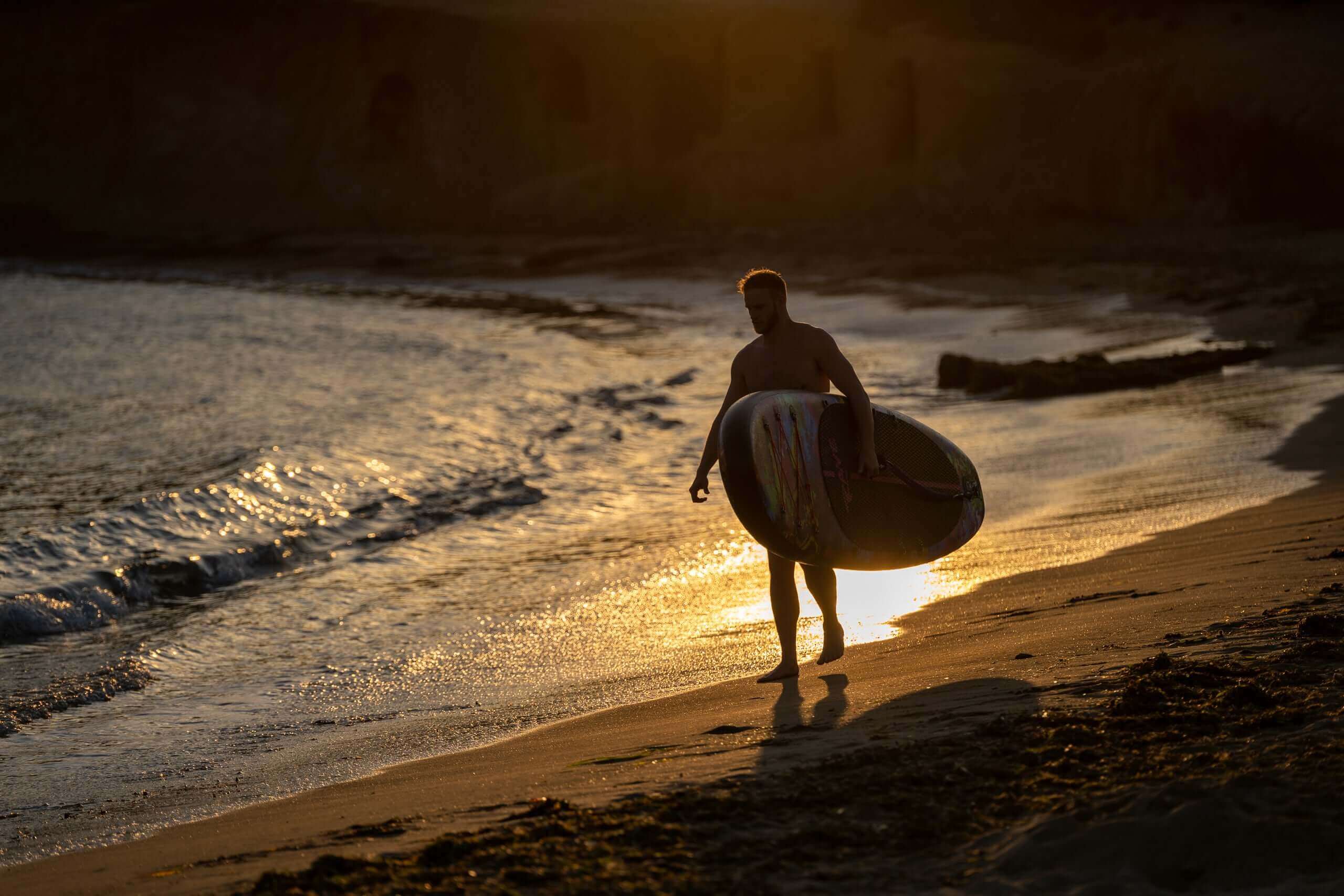You’ve decided that you want to get into paddle boarding - amazing! The first step, therefore, is to buy yourself a paddle board! But, you look at the different sizes and specifications and your brain melts - understandable!
There isn’t a “one size fits all” paddleboard and you can get different lengths, widths, materials, and designs for example. It can be overwhelming and I want to help you make the right choice so you can get a suitable paddleboard to start your water exploration.
Below, I answer the question, what size paddle board do I need, and look at the considerations you should make when selecting one - enjoy!
Understanding Paddle Board Sizes
To pick the right model it’s important to take a look at the paddle board size guide and understand how boards can differ in terms of length, width, thickness, and volume.
Length
The length is incredibly important for your paddle board and the general rule of thumb is the longer the board, the faster it will travel through the water. This is why most racing paddle boards are 12ft or longer.
Typical paddle board lengths range from 9ft to 15ft with 10-11ft being an acceptable length for beginners. Your height plays a role in choosing a paddle board length too as if you get a board that is too long it can affect your balance.
For example, shorter people would be better suited to a paddle board under 10ft to help with stability and balance.
Width
Width is also something to consider as there is a correlation between width and stability - the narrower the board, the less stable it is. However, the tradeoff is that narrower boards travel much faster through the water as they experience less drag and they can cut through the water easier.
SUP paddle board widths range from 31 to 35 inches and anything in the middle of this range would be great for a first-time paddle boarder. If you want a little more speed, ere towards the narrower end, but if you prefer stability, opt for a wider board.
Thickness
In terms of thickness, the generally accepted ideal measurement is 5 inches. This thickness gives enough stability and can support most weights, without making the paddle board too heavy and sluggish when travelling through the water.
If you are taller and heavier, you may want to try a 6-inch thick paddle board as this would be able to support your weight better. Just be aware that it may move a little slower through the water.
Volume
When looking at what size paddle board do I need, volume is especially important as this affects buoyancy. In general terms, the more volume a board has, the more stable it is in the water.
To calculate volume we have to think back to our old school lessons and use the formula V = L x W x H. You should then use the overall volume together with your weight and equipment weight to determine the best volume.
The formula for this is to multiply your total carrying weight (body weight plus luggage) by 1.2. So, if you weighed 165 lbs and your gear weighed 10 lbs, that’s an overall weight of 175 lbs. Multiplied by 1.2 = 210 lbs and this is the minimum volume you should aim for.
Factors to Consider When Choosing Your SUP Size

Ok, so we’ve gone through the basic composition of a paddleboard but this doesn’t really help you make a choice. This is where the below factors come into play and help you decide what size paddle board do I need.
Skill level
If you are a first-time paddle boarder, I advise opting for a wider board with plenty of volume as this will give you excellent support and stability as you get used to standing up on the board and paddling. As you progress and gain confidence, you can always transition to a narrower, speedier model.
Body size and weight
As shown above, it’s important to know your body height and weight as this allows you to calculate the minimum volume you require for your board, and how long it should be.
Paddle boarding activity
Different types of paddle boards are suitable for different activities too. If you just want a standard paddle board for exploring rivers and inland waterways, speed may not be as important. Similarly, for paddle board fishing, you ideally want a wider board that offers maximum stability when you are fishing stationary. Think about what activities you want to do on your paddle board and choose a size to suit.
Start Your Water Exploration With the Right Paddle Board
You should now have enough information to choose a suitable paddle board for your skill level, body type, and usage and this is where the fun begins! Don’t stress too much over the choice though, the main point is to have fun and enjoy the experience and as you gain confidence and improve your skill, you will adapt to the board too.




